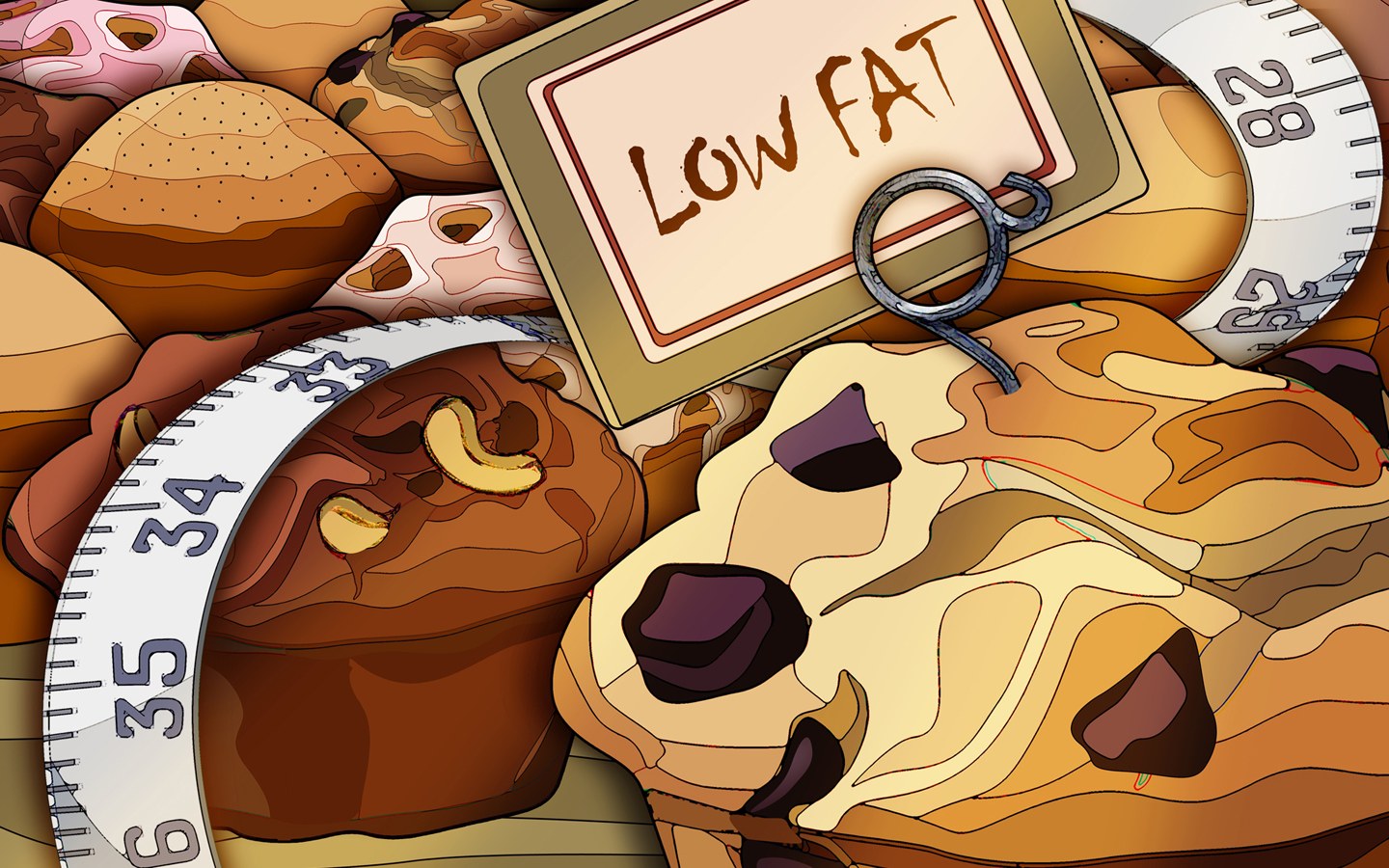That red meat, junk fare, and foods are rich sources of saturated fatty acids are associated with cardiovascular disorders are well-documented. However, studies also suggest that nuts, oily fish and dairy products, which are again high in saturated fats, are associated with lower risk of cardiac problems. Every now and then, we stumble upon a new study -one that is constantly evolving -which throws light on a different theory concerning fats.
Science essentially recognises four main types of fats in our foods: polyunsaturated, monounsaturated, saurated and transfats. Each has different chemical and physical properties, and therefore, a different role to play in the body. Vegetable spreads and cooking oils mainly rapeseed, sunflower, soybean and olive mostly contain the first two and small amounts of saturated fat.
Palm oil, on the other hand, which has a higher melting point and is now used in many products, is highly saturated. Nutrition studies have moved on from obvious facts that we should eat less saturated fat, salt and sugar, to emphasis on eating a healthy portion of fruit, vegetables, low-fat dairy food, wholegrains, poultry, fish and nuts, and consuming less red meat, sweets and sugar-containing beverages. But what fat should be consumed and what shouldn’t still remains a confusing puzzle. Here are six things you would like to know.
1. Mass storage: Where will the fat eventually in the body? This is the one fact, everybody, especially women, worry about (read: obsess over). Women have more subcutaneous fat stores than men, so men store this visceral fat around the mesenteric blood vessel in the abdomen. When energy stored in fat cells is released, the fat mobilisation process leads to fatty acids entering the bloodstream. Visceral fat is more rapidly mobilised than subcutaneous fat and can accumulate in the liver. Fat also accumulates in the liver if the intake of alcohol or sugar is high. Excess accumulation of body fat is harmful if it is in the abdominal cavity or liver. It is often linked to developing type 2 diabetes.
2. Fats are important: Fats are essential. We need certain polyunsaturated fatty acids, aptly named essential fatty acids (linoleic and linolenic acids), in our diet for healthy skin and hair. We get these from vegetable oils, nuts and oily fish. These also contribute to cardiovascular health as well as brain and visual function. Fat also provides insulation for body temperature regulation by filling up your body’s adipose tissue. And while fat is an important part of a healthy diet, it’s as important not to get too much as it is not to get too little.
Eating too much can lead to weight gain and high cholesterol.
3. Fats for vitamins: Medical experts say about 30g of fat is required every day to promote the absorption of fat-soluble vitamins A, D, E and K. Vegetable oils, for instance, are an important source of vitamin E and oily fish is the best dietary source of vitamin D that has become an urban epidemic of some sorts. Provitamins are substances that can be converted within the body into vitamins.
So the next time, if your mummy adds a little oil to your platter of green veggies and carrots, don’t fret.
This actually improves the absorption of carotene (pro-vitamin A).
4. Women must consume fat: Body fat plays an important role in fertility. Between 20-30 per cent of a healthy woman’s body weight is fat (this makes it twice as much as men). If the level drops below 18 per cent, for instance, ovulation stops.
Likewise, high levels typically about 50 per cent of her weight can also pose problems of infertility. Here’s why: A hormone called leptin is secreted by adipose (fat) tissue into the blood in proportion to the amount of fat it stores. The brain detects the blood leptin signal and this promotes ovulation when the level is high enough.
5. An energy food: Most of the energy in our diet comes from carbohydrates. But fats provide your body with energy as well as provide storage spots for energy in the body. Fat supplies between a quarter and two-fifths of an adult’s energy intake and half for a newborn. So, adding fat to food can double the energy content.
6. Saturated fact: The cholesterol raising effects in saturated fats are confined to lauric, myristic and palmitic acids (found in palm oil). These raise low-density lipoprotein cholesterol (LDL-C) in decreasing order of potency compared to carbohydrates (including all types of starches and sugars) or unsaturated fatty acids. One can lower cholesterol by replacing saturated fatty acids with oils rich in monounsaturated (olive, rapeseed) or polyunsaturated fatty acids (soybean, sunflower oil) than lowering carbohydrates. For example, replacing butter with olive oil as your main source of fat can lower LDL-C by about 10 per cent.
6 Fat Facts You Must Know







